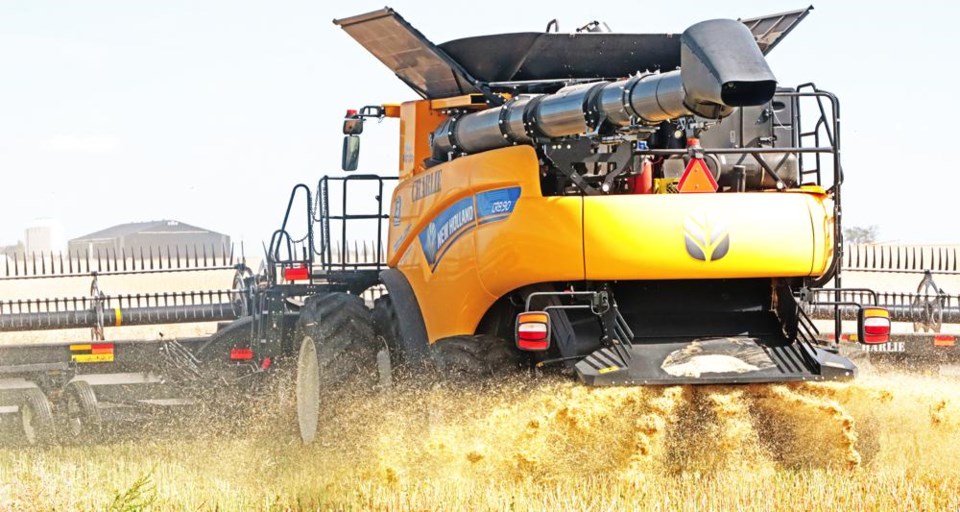WEYBURN - Producers within the region are continuing with in-crop spray applications as the weather allows and monitoring for insect and disease pressure, according to the weekly crop report for the period of June 17 to 23. Haying operations are just starting within the region, but may be delayed due to rain in some areas.
Storms that moved through the region over the past week caused hail damage to some parts of the region. Producers are still assessing the extent of the crop damage and waiting to see which crops are able to recover.
Rain fell throughout much of the region with higher amounts recorded in the Balcarres area at 58 mm and the Glenavon area at 57 mm. The Earl Grey area received 41 mm and the Indian Head area received 36 mm. Other areas within the region also reported significant amounts of rainfall for the past week.
Topsoil moisture improved significantly in the region. Cropland topsoil moisture is rated as five per cent surplus, 86 per cent adequate and nine per cent short. Hayland topsoil moisture is reported at three per cent surplus, 79 per cent adequate and 19 per cent short. Pasture topsoil moisture is one per cent surplus, 78 per cent adequate and 21 per cent short.
Most crops throughout the region are at normal stages of development for this time of year. Oilseed crops have the most reports of being behind the normal stages of development at 17 per cent. Perennial forages are reported as the furthest advanced in development at 11 per cent ahead of the normal stages of development.
Producers indicate that only one per cent of the land that was seeded this spring has excess moisture and is unlikely to produce a crop. No forage crops are reported to have excess moisture, and only one per cent of pastureland is not accessible or not usable at this time across the region.
Areas within the region that are experiencing reduced moisture have expressed that 17 per cent of the land that was seeded this spring is struggling due to lack of moisture. Twenty-six per cent of forage crops may have their yield significantly affected, and 30 per cent of pastures may have their carrying capacity reduced.
Most livestock water supplies are considered to be adequate for the region. Moderate shortages are reported in 14 per cent of livestock water sources; 11 per cent of sources may be short within the next two months, and 75 per cent are not expected to be short in the coming months. Eighty-nine per cent of livestock producers in the region are not concerned about water shortages in the future, and only 11 per cent of producers have water security concerns.
Wind, hail and excess moisture caused minor to moderate crop damage in areas throughout the region. Dry conditions continue to be reported with some areas indicating severe crop damage. Gophers continue to cause crop damage with a few areas reporting minor to moderate damage.
Producers report minor to moderate flea beetle damage with control measures being taken. Minor damage was also reported in a few areas due to cutworms, grasshoppers, aphids and pea leaf weevil. A few reports of crop damage due to plant diseases are starting to be recorded.

.png;w=120;h=80;mode=crop)


